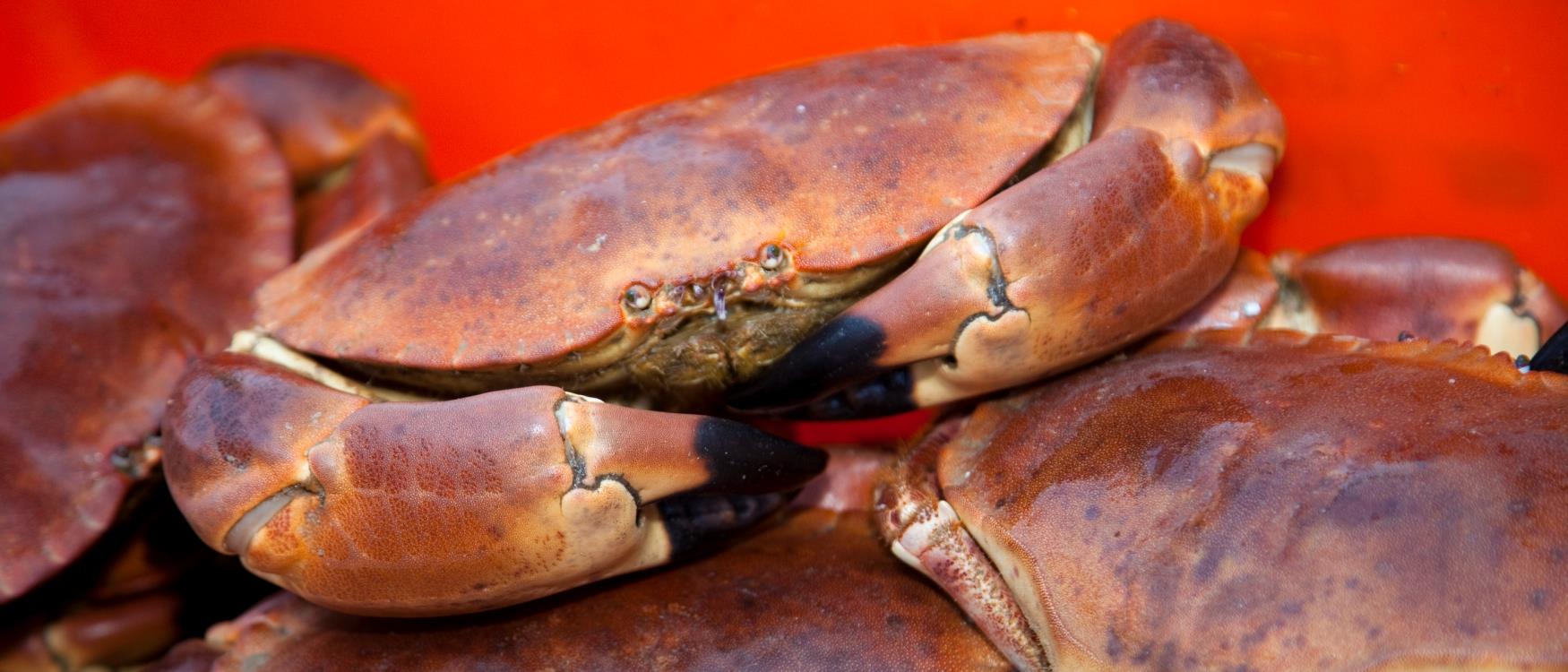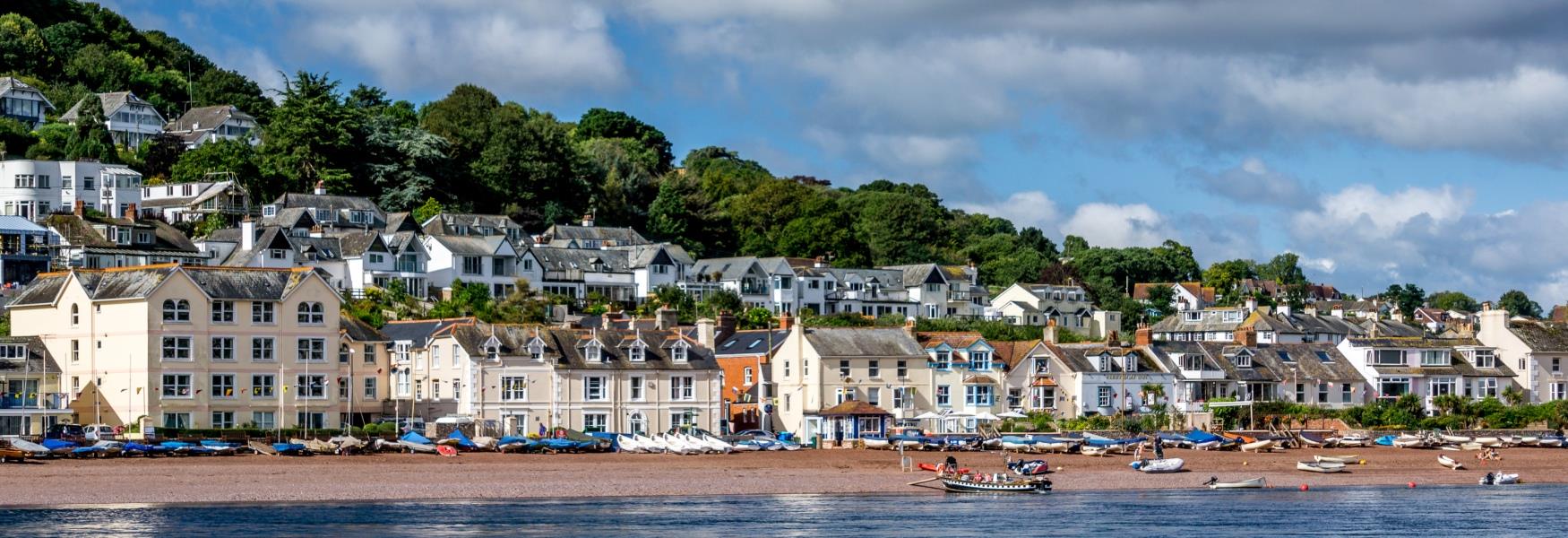To build your own Itinerary, click  to add an item to your Itinerary basket.
to add an item to your Itinerary basket.
Already saved an Itinerary?



You are here: Home > Food & Drink > South Devon Crab
South Devon is famous for its crab and we recommend you try it while you’re visiting. It’s so good we're sure you’ll want to try it again at home, so to help you out we have some crab recipes for you to try - and if you don't know how to prepare crab - check out our step by step guide.
With our stunning harbour side towns and rugged beaches we've also many ideal locations for crabbing. Take a look at our recommended crabbing spots across South Devon.
If you're interested in finding out more about South Devon crab continue reading below.
South Devon Brown Crab - Cancer Pagurus
With its large black-tipped serrated pincers and rusty oval shaped shell with pie-crust edging, the brown or common crab is the largest crab in Britain. In order to grow, crabs swell up and burst out of their old shell revealing a vulnerable soft new one underneath. This has to harden, so until they are battlefield ready again, they hide away. During the first years of a crab's life moulting takes place frequently but only every two years after it is fully grown.
Females or hen crabs are mature at around 12.7 cm, male crabs at 11 cm. It is possible for the crab to grow to 30cm across the carapace, but a more modest 15-20cm crustacean is usual.
Brown Crab gives the best meat yield from April to November and is best avoided during breeding season in the winter - January to March. Rich in vitamins and minerals, crab meat is also low in fat and contains Omega 3 polyunsaturated acids which help prevent heart disease and aid brain development. Some research suggests that Omega 3 also inhibits aggressive behaviour.
The brown meat is packed with flavour, it's a taste of the sea and mixed with a little mayo and lemon juice spread on toast it is delicious. This is arguably the best part of the crab. In female crabs you will often find orange parts that are called the coral, these are the eggs of the female crab and are very saline and sea like to eat. You can mix with some mayo if they are a little dry.
In the claws you will find lovely flakes of sweet white meat. The knuckle of the claw contains a wonderful firm nugget, whilst the body contains smaller flakes. The top part of the legs, especially on larger crab, hides a further nugget of delicious white meat.
There is a minimum landing size for crabs which is 15cm across for females and 16cm for males. This ensures that crabs can reach breeding size and breed at least twice before being caught. Potting is the most sustainable method of catching crab as there is no by-catch of non-target species, small and soft crabs can be returned to the sea alive. Currently crab stocks in the UK are fully exploited but there are management measures in place to ensure sustainability.
Uniquely, the waters of South Devon are home to a voluntary management system conceived by the inshore industry. The 'Inshore Potting Agreement' (IPA) has functioned effectively since 1978 to reduce conflict between potters and mobile gear (trawl and dredge) fishermen.



The European Agricultural Fund for Rural Development: Europe investing in rural areas has supported Visit South Devon CIC to develop online destination marketing
© Visit South Devon Community Interest Company Ltd 2009 - 2025, Company Number 06891935



